When, in 1960, Benelli was forced to acknowledge that it needed a multi-cylinder machine to remain competitive in Grand Prix racing's 250cc class, the Italian firm was able to draw on past experience of this type of machine, having constructed a 'blown' quarter-litre four in 1939. The new 250 four was set transversely in the frame and built in unit with the six-speed gearbox, while early developments led to the abandonment of a separate oil tank in favour of a long, finned sump. There were two valves per cylinder operated by twin overhead camshafts driven from the crankshaft via a central gear train, and in its initial form the Benelli 250 four produced a claimed 40bhp at 13,000rpm. Although it was first seen in 1960, the 250 Benelli four did not race competitively until April 1962, when Silvio Grassetti debuted the bike at Imola. Although eliminated by a bent valve in that first race, Grassetti stunned the racing world a week later at Cesenatico, beating the seemingly invincible works Hondas of Jim Redman and Tom Phillis. The great Tarquinio Provini was signed for 1964, but even with a seven-speed gearbox and more power, Benelli found it impossible to win a Grands Prix. Development continued into 1965, an eight-speed gearbox being new for that season, but by now Honda were fielding a six-cylinder 250 ridden by the best rider in the world – Mike Hailwood. Spreading its limited resources even more thinly, Benelli pressed ahead with developing a 16-valve 350 and a 500 (actually 413cc). With Provini forced into premature retirement through injury, Benelli signed Renzo Pasolini who promptly rewarded his new employers' faith by winning the 250 and 350 Italian Championships in 1968. In 1969 he reaffirmed the 350's competitiveness by beating MV-mounted reigning World Champion Giacomo Agostini six times out of seven in the Italian Championship. By this time the last of the Japanese manufacturers had pulled out of the World Championships, clearing the way for the Benelli fours to grab a slice of Grand Prix glory. Agostini and MV Agusta remained unassailable in the 350 and 500 classes at World level, but in the 250 category Benelli eventually got the better of Kent Andersson's Yamaha and Santiago Herrero's Ossa, Australian Kel Carruthers bringing the Championship back to Pesaro. There were sporadic appearances by the 350 and 500 fours over the next few years (four-cylinder 250s having been banned) but that glorious 1969 season effectively marked the end of Benelli's Grand Prix campaign. The Benelli four re-creation offered here consists of a Harris Performance Products frame, copied from an original loaned by famed Benelli collector Giancarlo Morbidelli, and a 16-valve, seven-speed Benelli engine built by Morbidelli Equippe. It is an accurate re-creation of the Pasolini-era Benelli 350s that challenged the mighty MV Agusta team during 1968/69. In the late 1990s, Team Obsolete's Dave Roper and Rob Ianucci reduced the engine's capacity from 413cc to 350cc (by reducing the bore diameter, as per Benelli factory practice) to make it eligible for 350-class racing. This Benelli was raced by its first owner at a number of prestigious venues including Daytona, Road America (Elkhart Lake), Willow Springs and Laguna Seca. The Benelli was acquired by Team Obsolete in 2006 and raced by Stu Carter at Mid-Ohio in 2010. Team Obsolete then treated it to a major rebuild with a new Falicon-improved crankshaft and Nikasil-plated cylinders. In July 2011, Dave Roper rode the Benelli to a win in the 350GP class at the Mid-Ohio Vintage Days meeting. It is now in race-ready condition with only 100 miles of track use since the rebuild. The vendor believes that it is the best of the six examples extant. Included in the sale are alternative rear sprockets, pistons and valves together with detailed rebuild notes, race records and technical information.
When, in 1960, Benelli was forced to acknowledge that it needed a multi-cylinder machine to remain competitive in Grand Prix racing's 250cc class, the Italian firm was able to draw on past experience of this type of machine, having constructed a 'blown' quarter-litre four in 1939. The new 250 four was set transversely in the frame and built in unit with the six-speed gearbox, while early developments led to the abandonment of a separate oil tank in favour of a long, finned sump. There were two valves per cylinder operated by twin overhead camshafts driven from the crankshaft via a central gear train, and in its initial form the Benelli 250 four produced a claimed 40bhp at 13,000rpm. Although it was first seen in 1960, the 250 Benelli four did not race competitively until April 1962, when Silvio Grassetti debuted the bike at Imola. Although eliminated by a bent valve in that first race, Grassetti stunned the racing world a week later at Cesenatico, beating the seemingly invincible works Hondas of Jim Redman and Tom Phillis. The great Tarquinio Provini was signed for 1964, but even with a seven-speed gearbox and more power, Benelli found it impossible to win a Grands Prix. Development continued into 1965, an eight-speed gearbox being new for that season, but by now Honda were fielding a six-cylinder 250 ridden by the best rider in the world – Mike Hailwood. Spreading its limited resources even more thinly, Benelli pressed ahead with developing a 16-valve 350 and a 500 (actually 413cc). With Provini forced into premature retirement through injury, Benelli signed Renzo Pasolini who promptly rewarded his new employers' faith by winning the 250 and 350 Italian Championships in 1968. In 1969 he reaffirmed the 350's competitiveness by beating MV-mounted reigning World Champion Giacomo Agostini six times out of seven in the Italian Championship. By this time the last of the Japanese manufacturers had pulled out of the World Championships, clearing the way for the Benelli fours to grab a slice of Grand Prix glory. Agostini and MV Agusta remained unassailable in the 350 and 500 classes at World level, but in the 250 category Benelli eventually got the better of Kent Andersson's Yamaha and Santiago Herrero's Ossa, Australian Kel Carruthers bringing the Championship back to Pesaro. There were sporadic appearances by the 350 and 500 fours over the next few years (four-cylinder 250s having been banned) but that glorious 1969 season effectively marked the end of Benelli's Grand Prix campaign. The Benelli four re-creation offered here consists of a Harris Performance Products frame, copied from an original loaned by famed Benelli collector Giancarlo Morbidelli, and a 16-valve, seven-speed Benelli engine built by Morbidelli Equippe. It is an accurate re-creation of the Pasolini-era Benelli 350s that challenged the mighty MV Agusta team during 1968/69. In the late 1990s, Team Obsolete's Dave Roper and Rob Ianucci reduced the engine's capacity from 413cc to 350cc (by reducing the bore diameter, as per Benelli factory practice) to make it eligible for 350-class racing. This Benelli was raced by its first owner at a number of prestigious venues including Daytona, Road America (Elkhart Lake), Willow Springs and Laguna Seca. The Benelli was acquired by Team Obsolete in 2006 and raced by Stu Carter at Mid-Ohio in 2010. Team Obsolete then treated it to a major rebuild with a new Falicon-improved crankshaft and Nikasil-plated cylinders. In July 2011, Dave Roper rode the Benelli to a win in the 350GP class at the Mid-Ohio Vintage Days meeting. It is now in race-ready condition with only 100 miles of track use since the rebuild. The vendor believes that it is the best of the six examples extant. Included in the sale are alternative rear sprockets, pistons and valves together with detailed rebuild notes, race records and technical information.
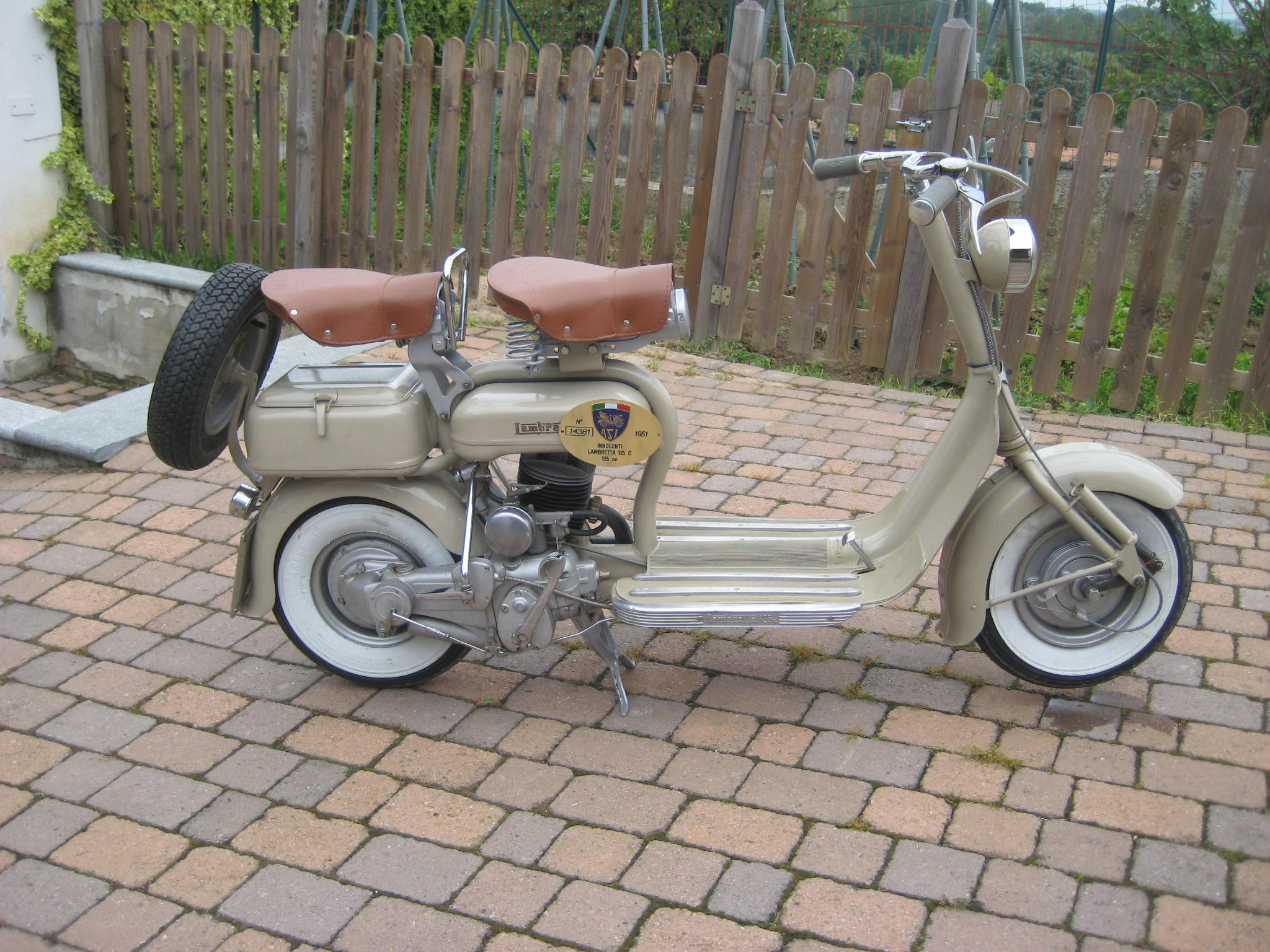
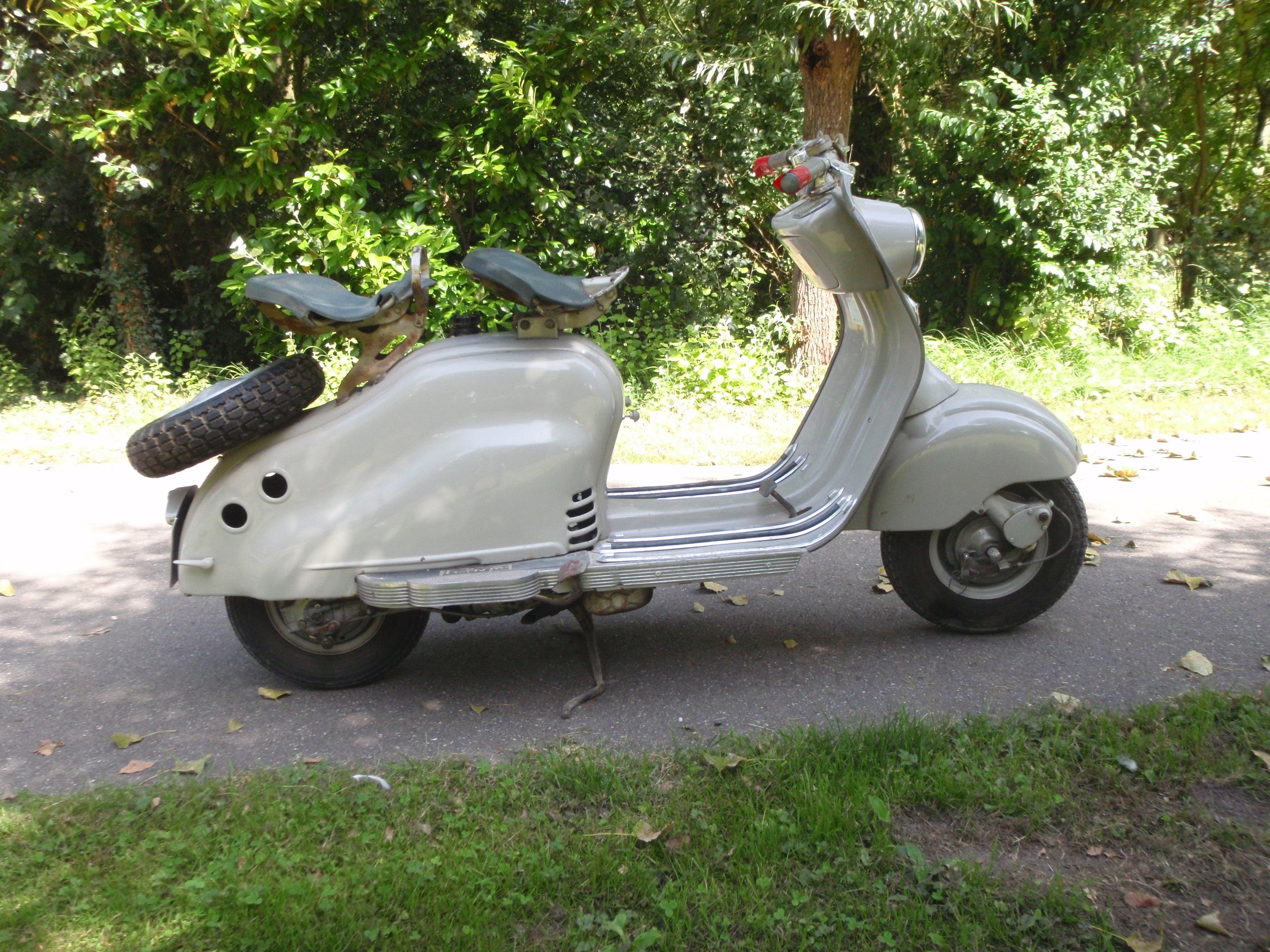
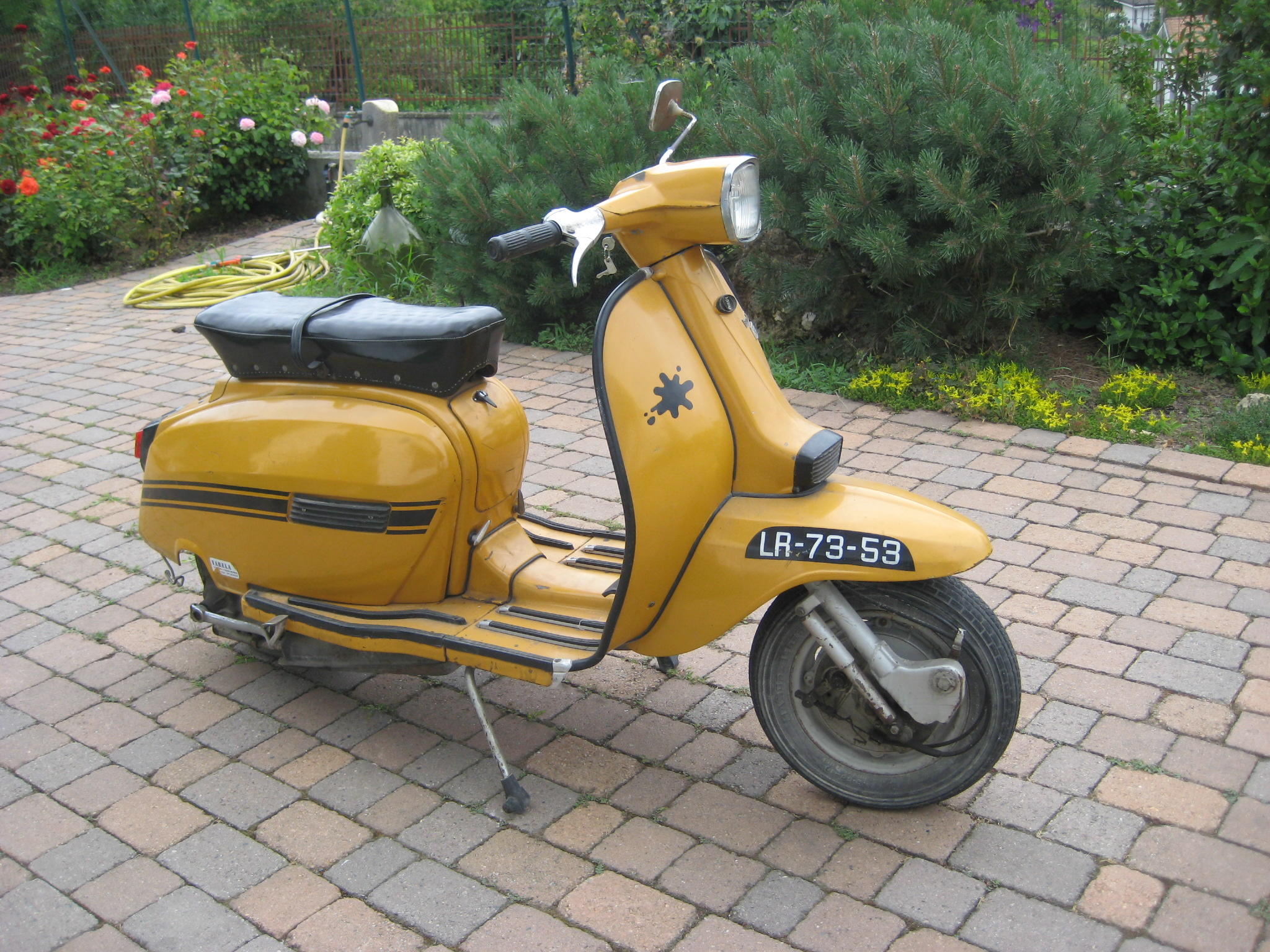
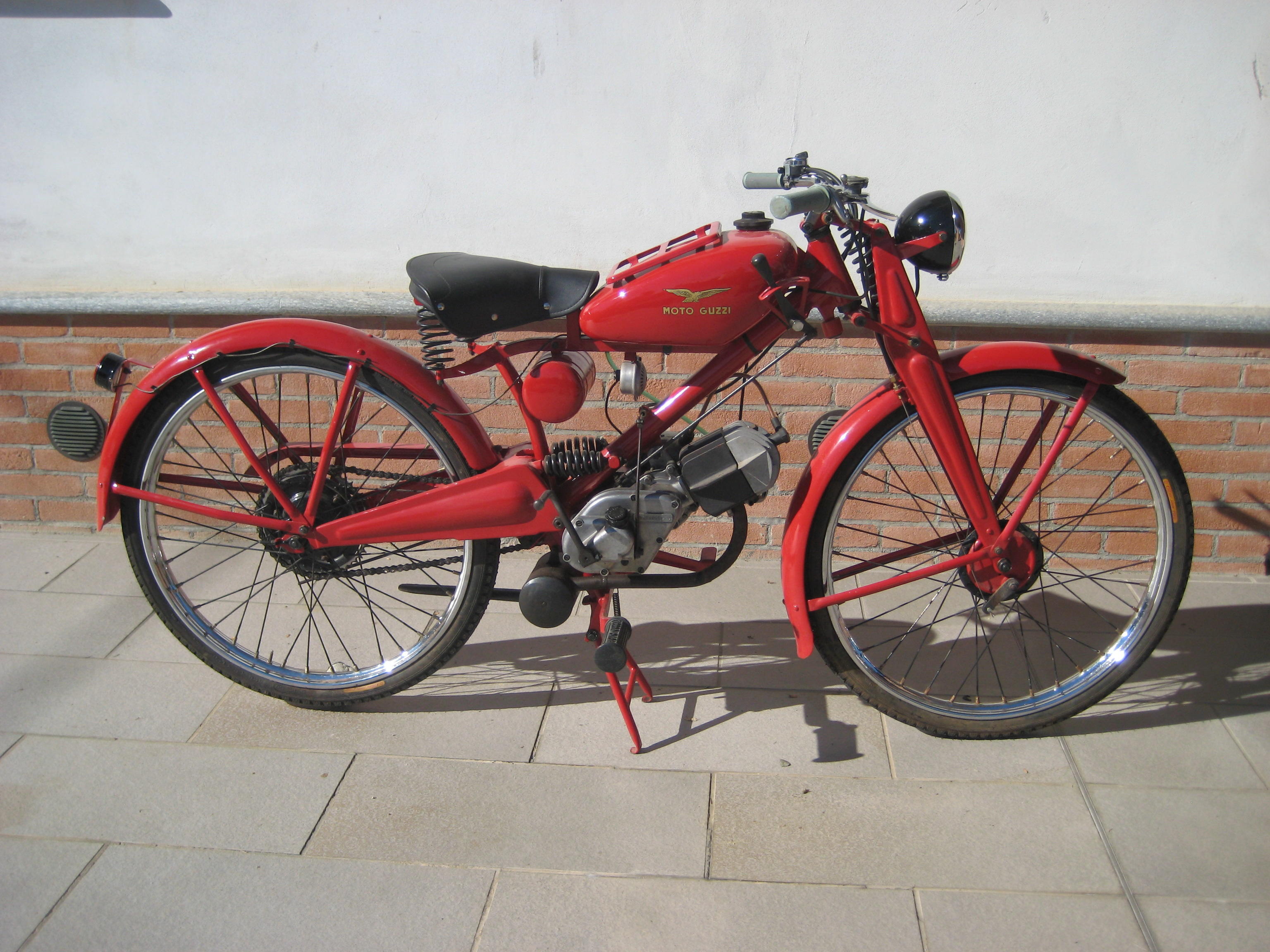
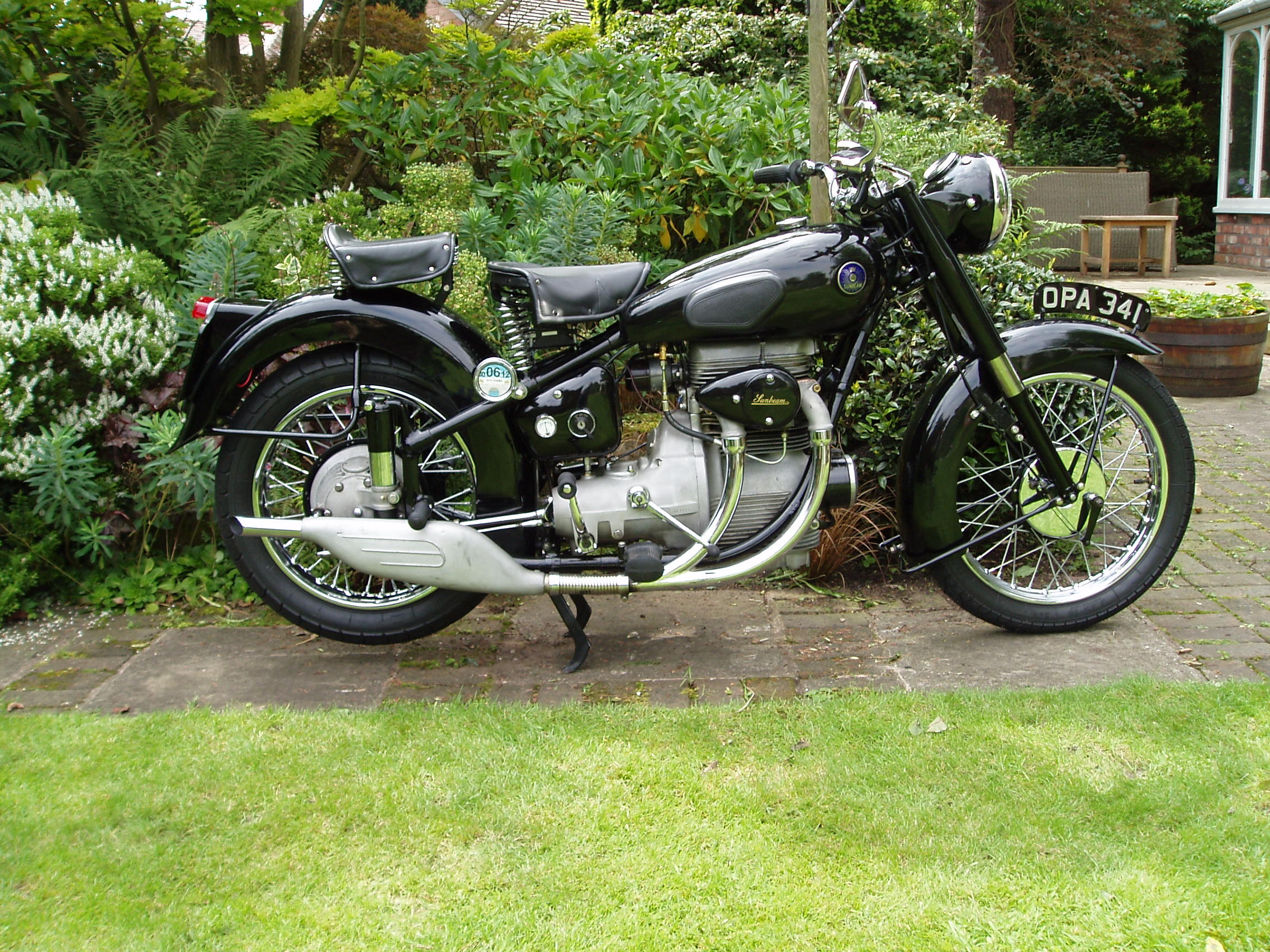
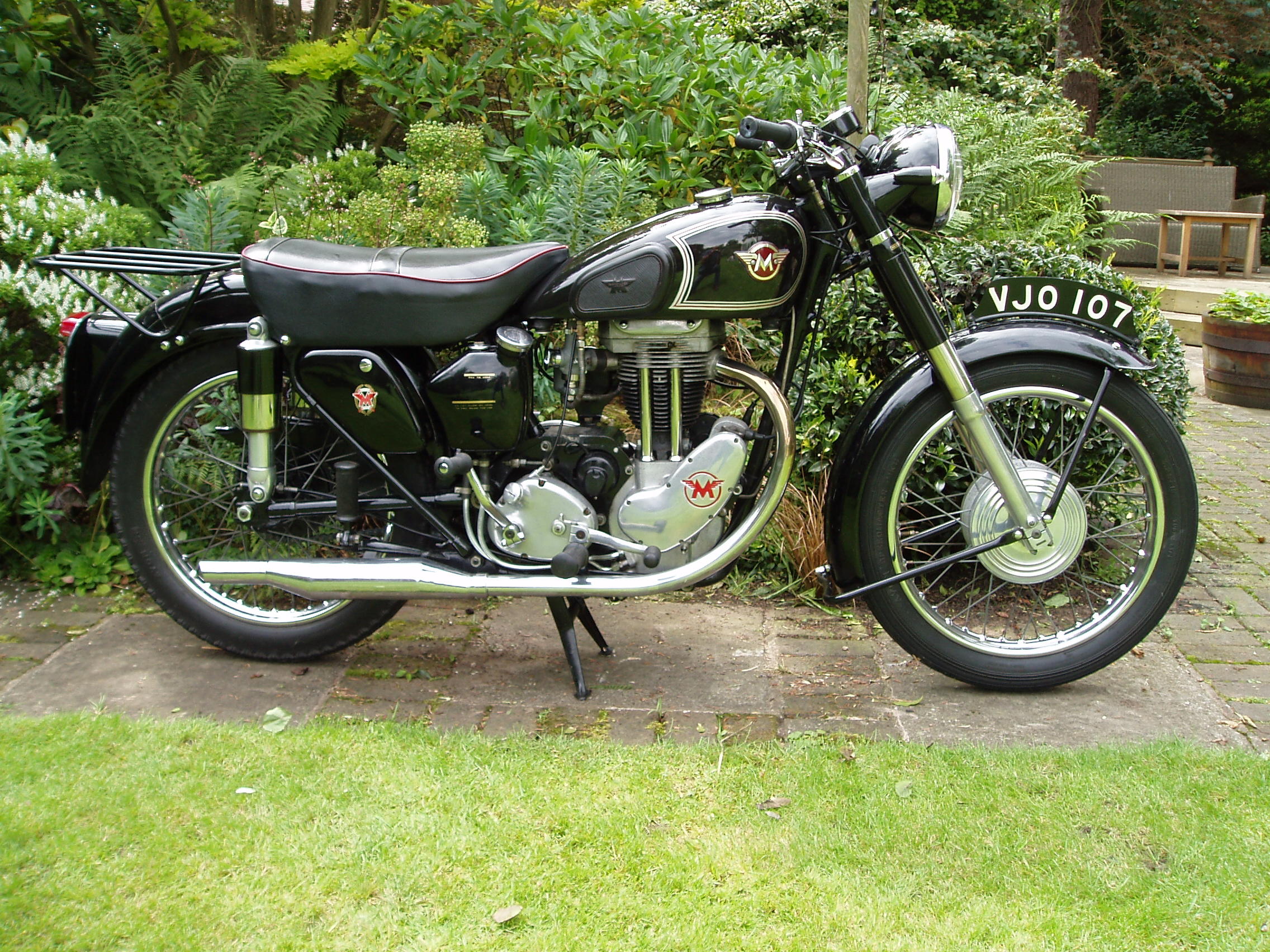
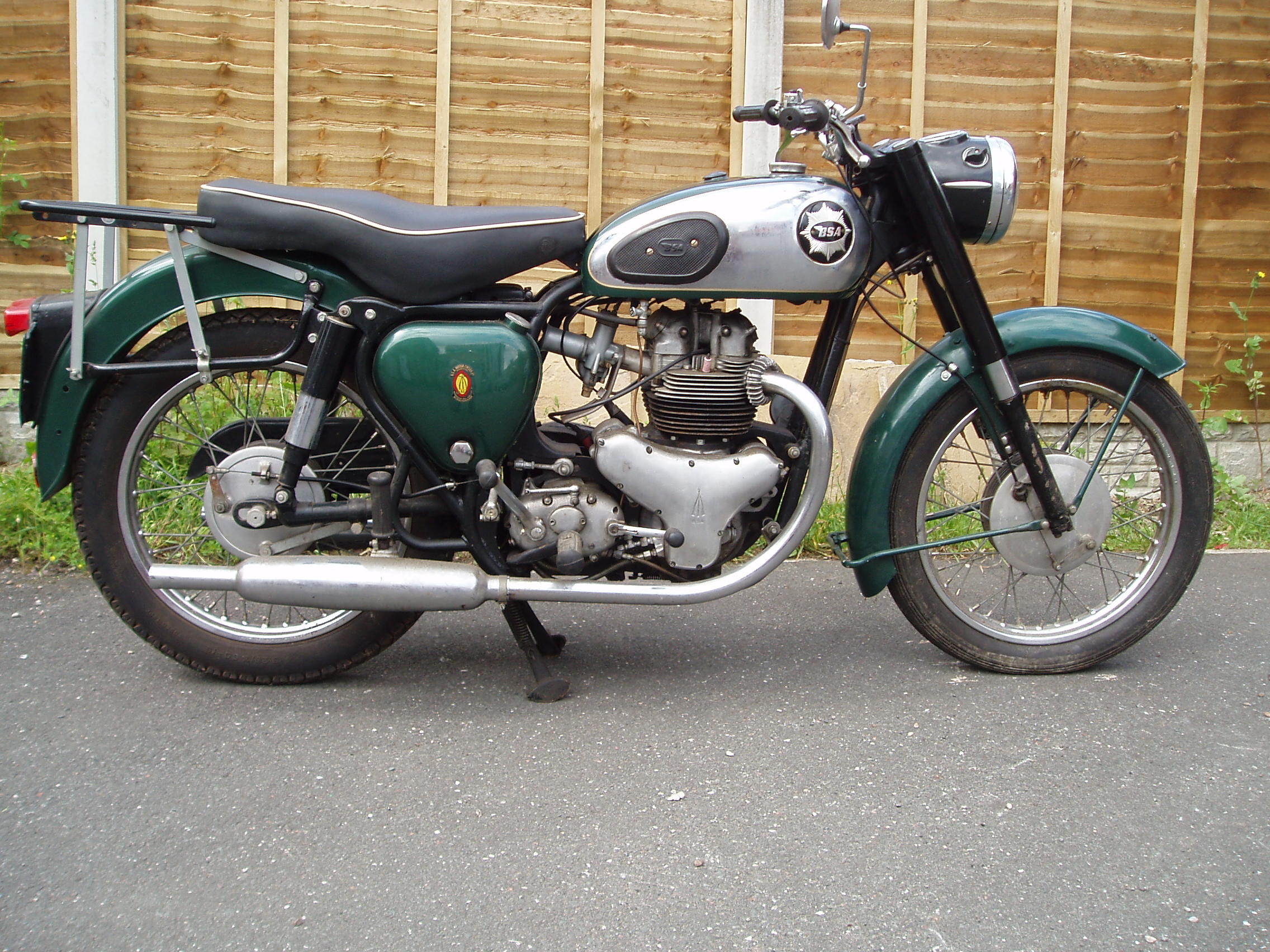
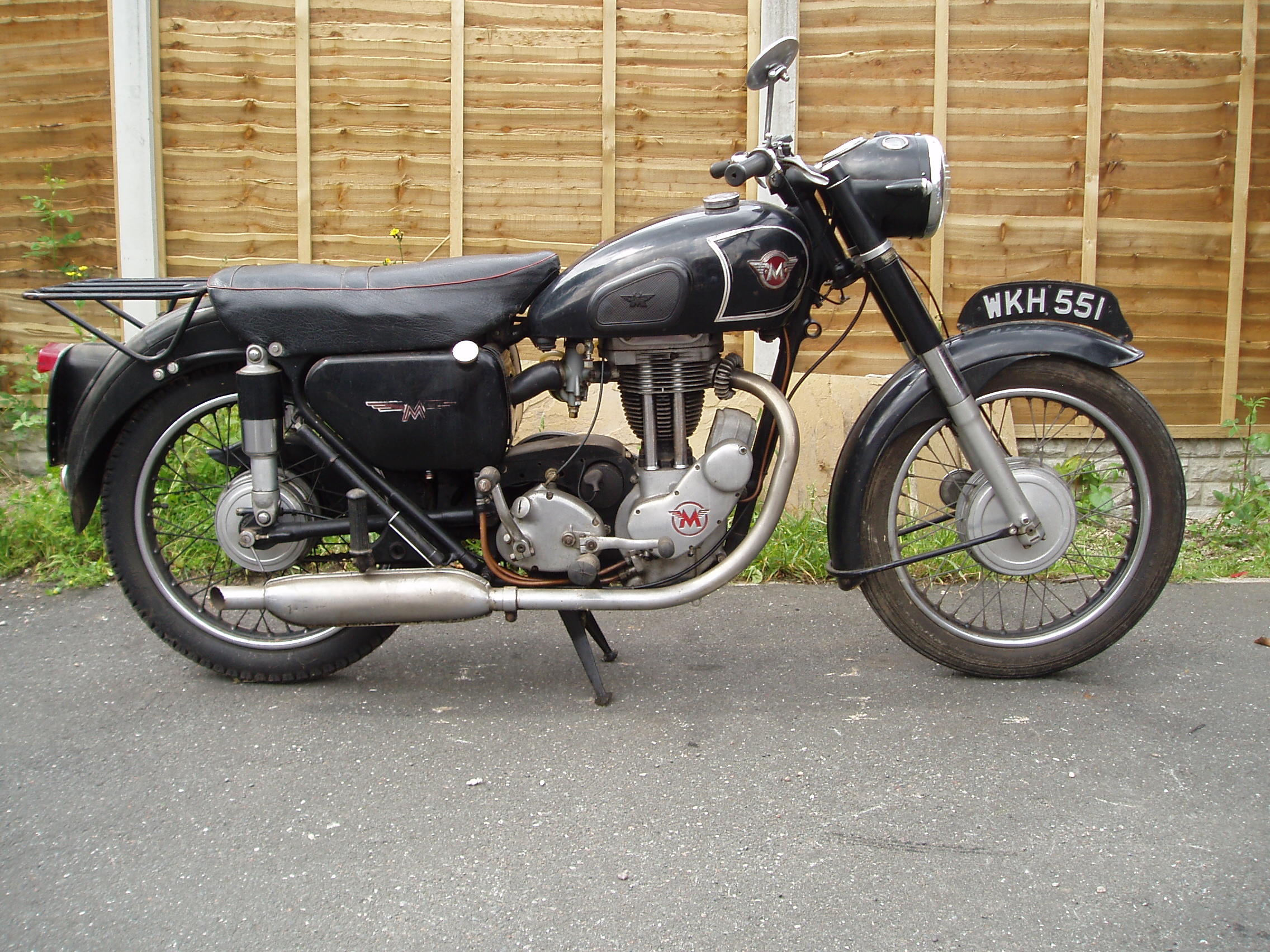
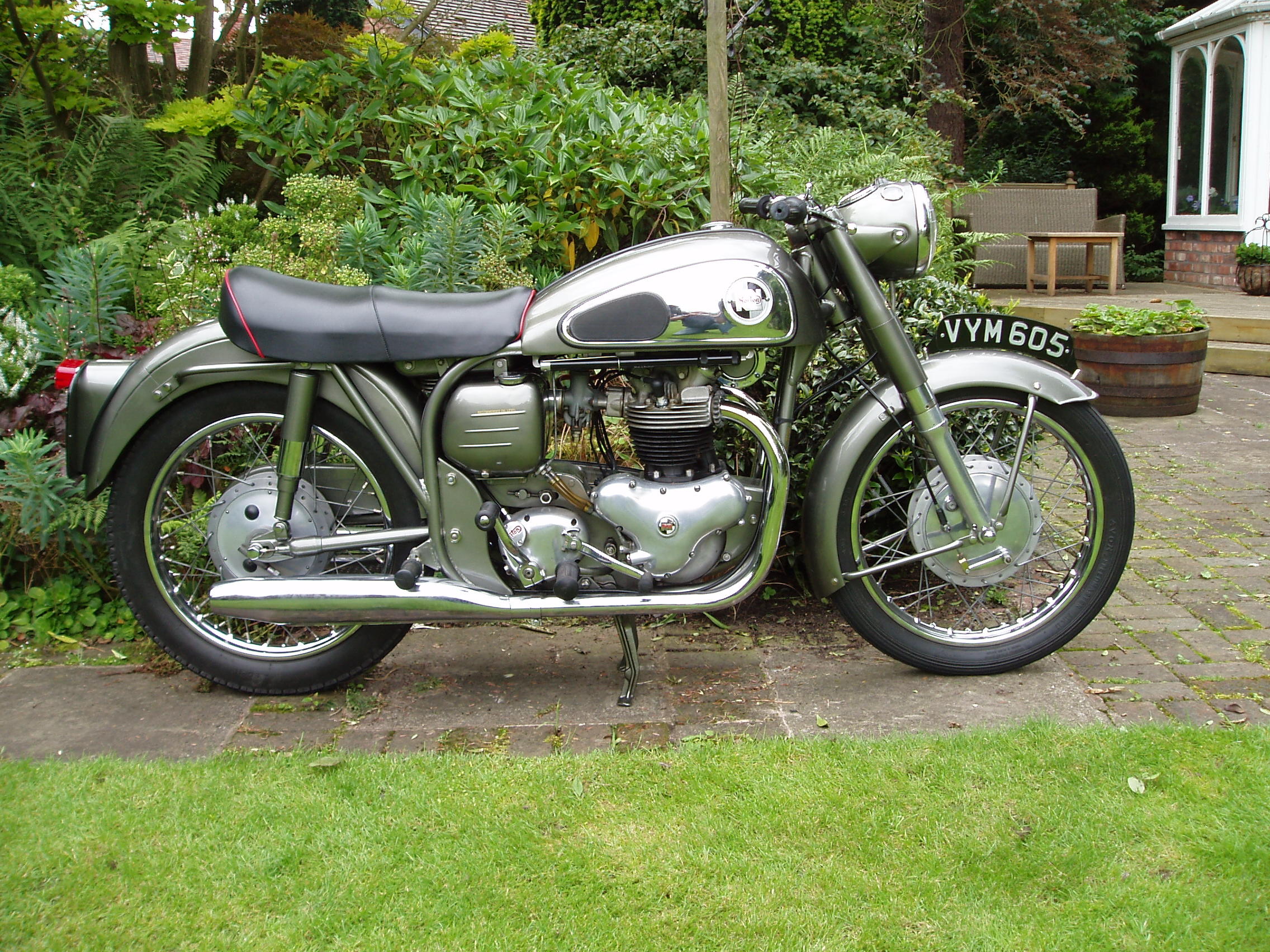
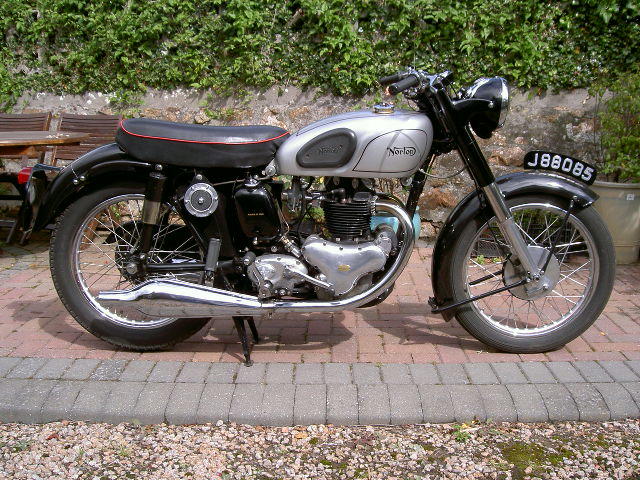

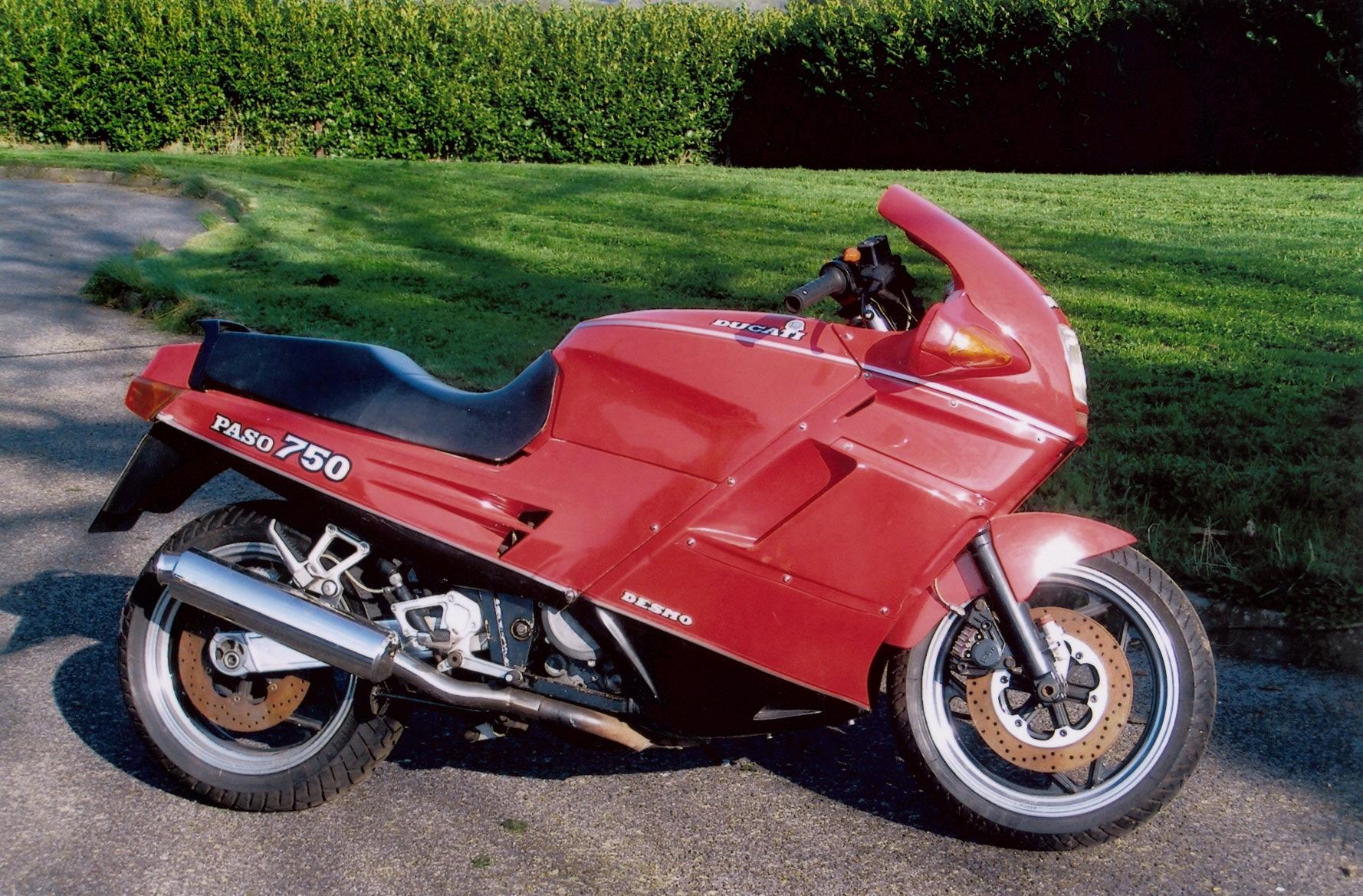
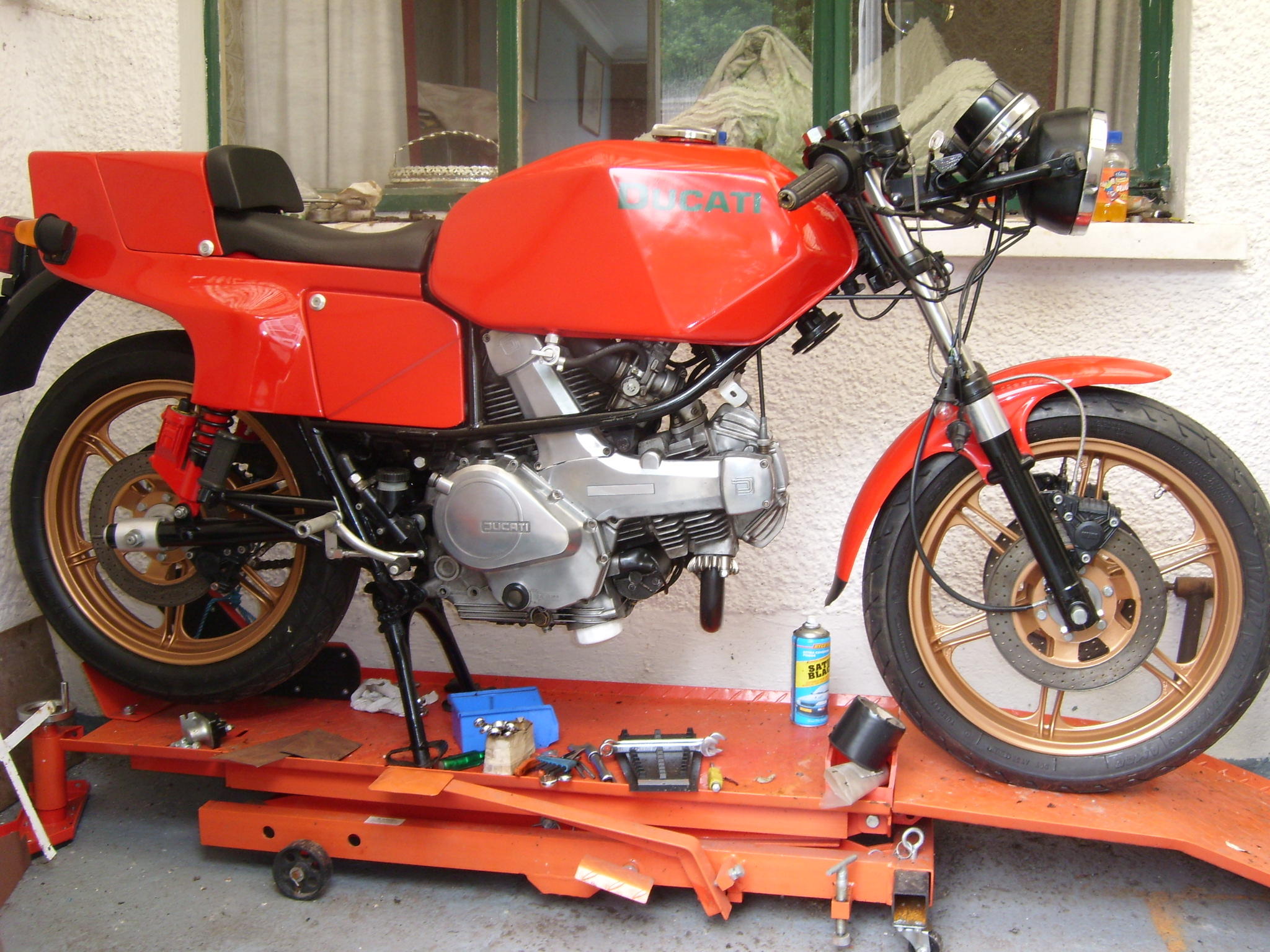
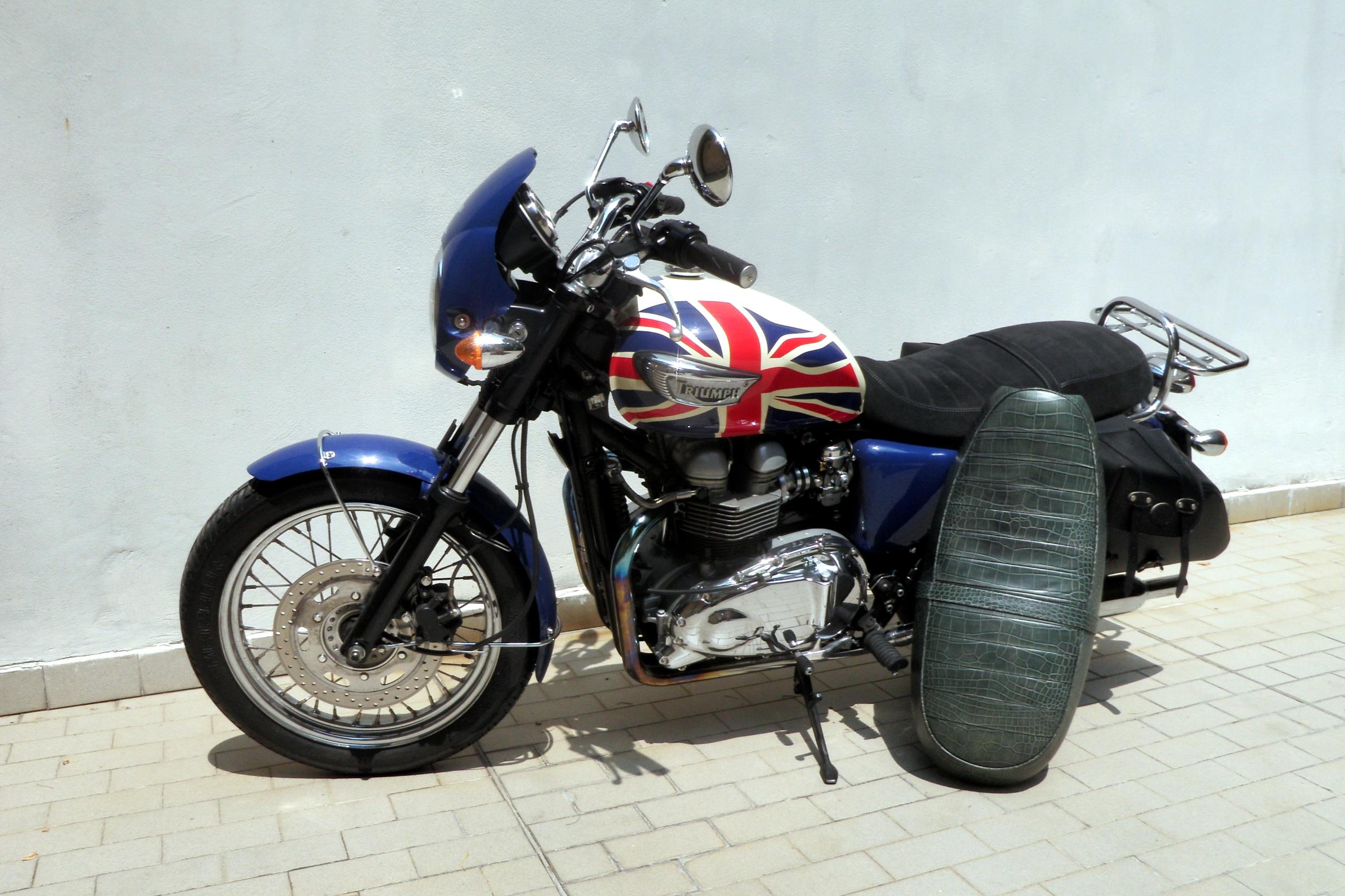
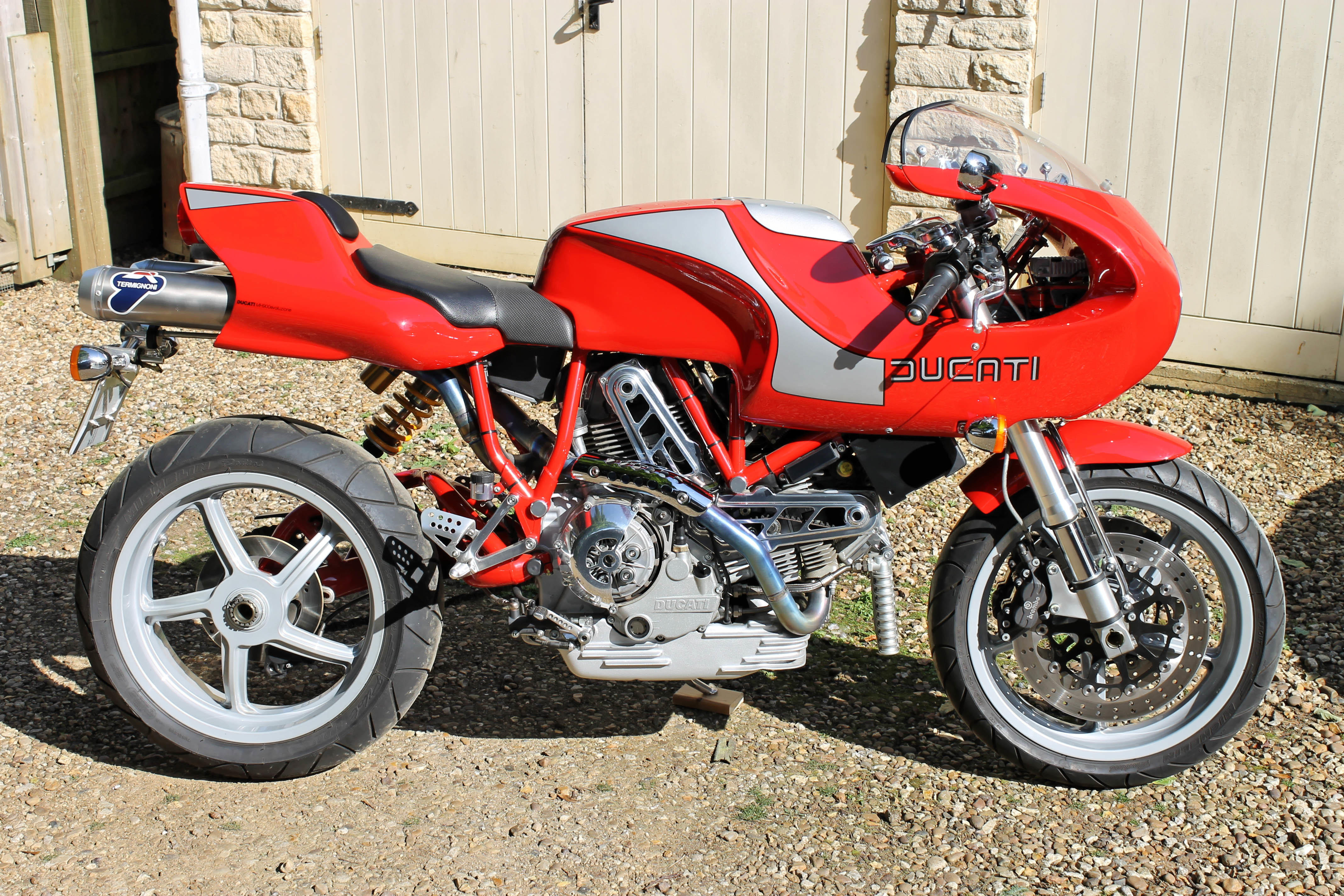
Try LotSearch and its premium features for 7 days - without any costs!
Be notified automatically about new items in upcoming auctions.
Create an alert